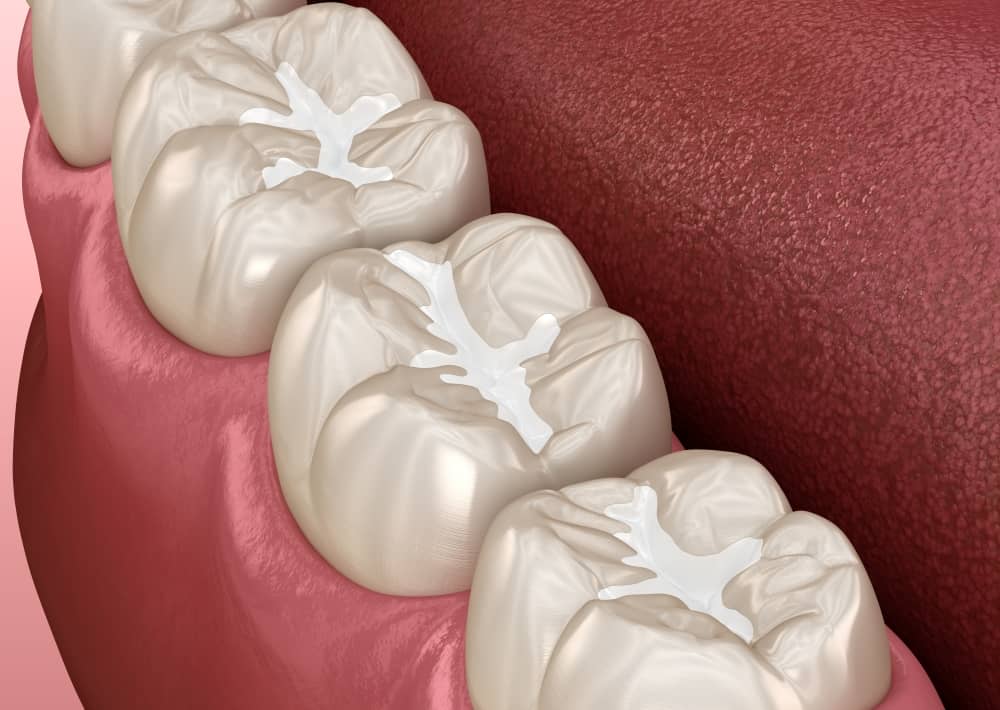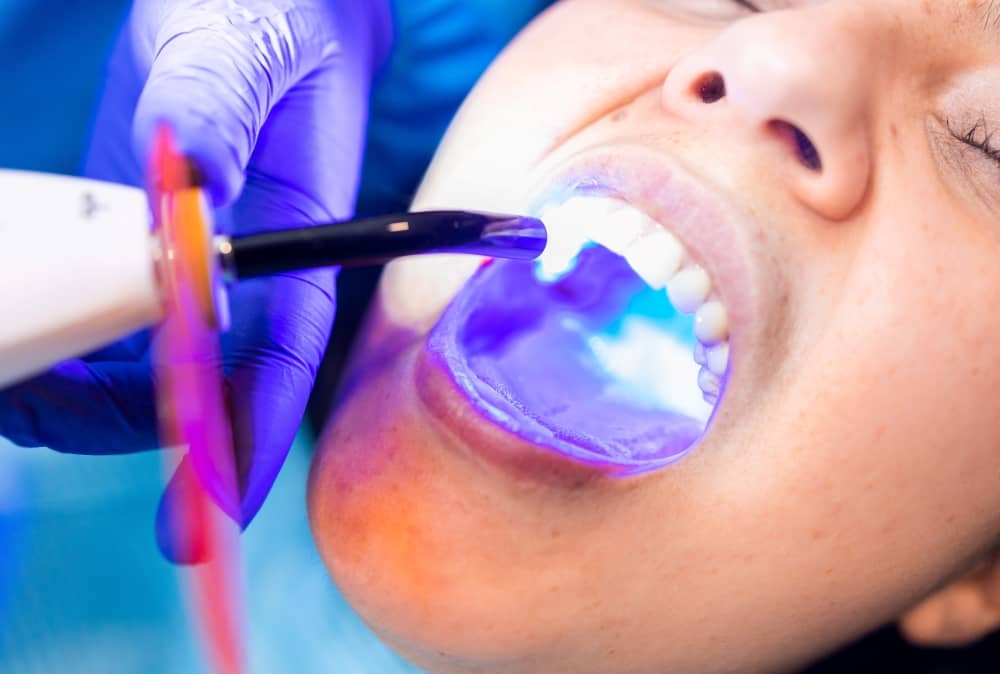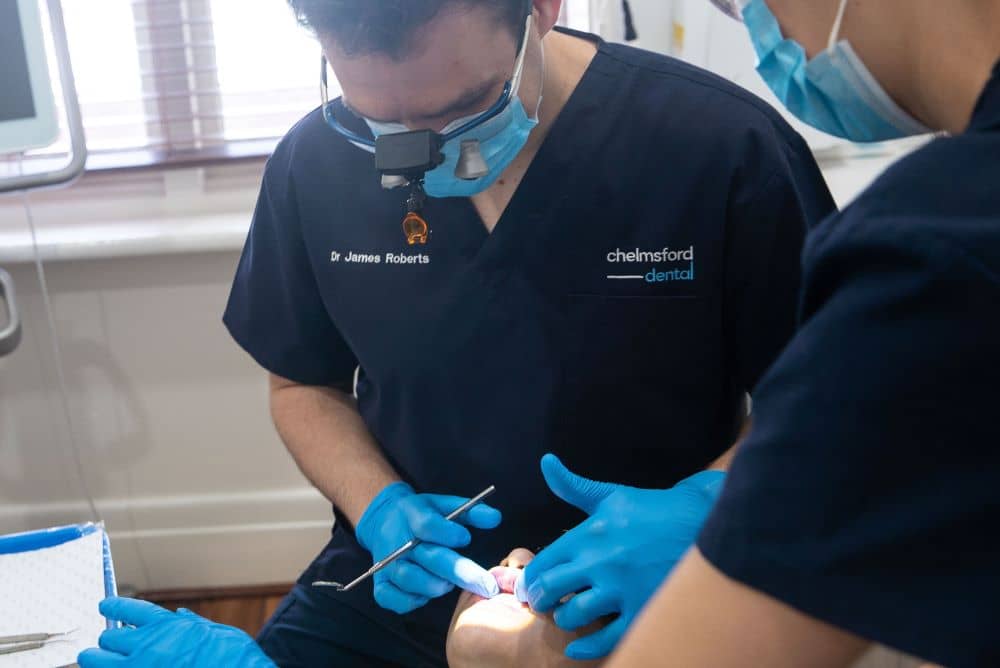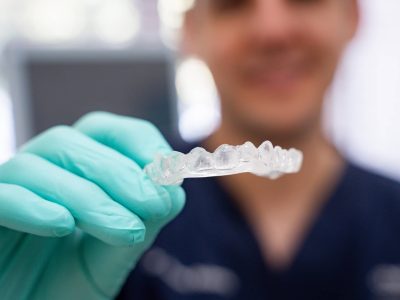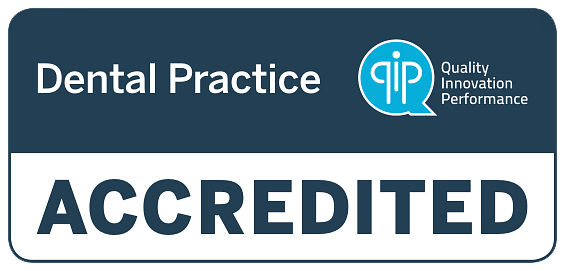Dental fillings are a common, effective procedure for repairing tooth decay and restoring function to damaged teeth.
If you need a dental filling, here is a helpful guide on how to prepare for a dental filling and what to expect during the dental filling procedure.
What Are Dental Fillings?
Dental fillings are a common dental treatment to resolve cavities. Fillings restore structure and function to decayed, damaged teeth by removing the decay, filling the area, and preventing bacteria from getting into the tooth and causing infection.
What Are the Benefits of Dental Fillings?
The benefits of dental fillings include:
- A quick, straightforward procedure that usually takes an hour or less
- Helps maintain the strength of the tooth
- Generally inexpensive and may be covered by your dental insurance
- Long-lasting dental restoration
- Stops the spread of decay by cleaning the area and preventing bacteria from entering the teeth and causing infection
- Restored tooth function
- Reduced risk of oral health complications
- Matched to the look and feel of the surrounding teeth
The Importance of Regular Dental Checkups
Seeing your dentist twice a year for general checkups is imperative for detecting signs of decay as early as possible.
When treated early, addressing decay is straightforward, less expensive, and typically easy to recover from. Left untreated, decay can lead to serious complications such as infection, pain, or tooth loss.
Early on, tooth decay may not include any symptoms, making it important to attend regular dental visits. Your dentist can detect the early signs of tooth decay, even before you notice symptoms.
It is also important to contact your dentist right away if you notice possible signs of a cavity such as:
- New sensitivity to cold or hot foods and beverages
- Tooth staining or discolouration
- Cracks or holes in a tooth
- Toothaches
How to Prepare for a Dental Filling
Once you have your appointment scheduled for a dental filling, knowing what to expect and how to prepare can help put you at ease.
First, it is important to relax and remember that a dental filling is a virtually painless, fast, common procedure. Dental fillings are an effective way to restore function to your tooth and support a healthy smile.
If you experience dental anxiety, be sure to let your dentist know. At Chelmsford Dental, we do everything possible to keep you informed, comfortable, and supported through any procedure. Advancements in dental equipment have resulted in sophisticated technology, quieter drills, and more effective anesthetics, meaning dental fillings are more comfortable than ever.
Before your filling, your dentist will discuss your health history, allergies, current medications, and any concerns you have. Your dentist will also educate you on the different types of dental fillings and advise you on what type of filling will be the most beneficial for you. Dental fillings are typically completed using composite, porcelain, or amalgam materials.
Your dentist will let you know about any side effects to watch for, what medications are permitted, how to care for your filling, and what to expect as you heal.
You may want to purchase soft foods ahead of time to eat for the first few days after your filling. It is also important to note that talking will be difficult for the first few hours after the procedure.
What To Expect During a Dental Filling Procedure
The procedure is non-invasive and is often completed in less than an hour. The exact time of treatment will depend on the severity of the decay, the area being treated, and how many teeth are being treated.
Here is what to expect during the actual dental filling procedure:
1. Anaesthetic Application
Before the procedure begins, your dentist will numb the affected area to keep you comfortable and as pain-free as possible. This is done with an injection of a local anaesthetic or a topical gel. For patients with extreme dental anxiety, ask your dentist about sedation dentistry.
2. Preparing the Affected Tooth
Once the anaesthetic kicks in, your dentist will use a high-speed dental tool to remove all decay. Your dentist will take great care to preserve as much natural tooth structure as possible. The area is then disinfected and thoroughly dried.
3. Applying the Dental Filling
Once the area is prepared, cleaned, and dried, your dentist will apply the filling material. A special light is then used to harden the material.
Once the material hardens, your dentist will polish the area to ensure the filling matches your bite and looks and feels natural and comfortable. Your dentist will also have you bite down on a piece of carbon paper to ensure your filling lines up with your bite properly.
Dental Filling After-Care
After your dental filling, you will be given detailed aftercare instructions to promote healing and prevent damage to the filling.
It is important to continue a good oral hygiene regimen that includes daily brushing and flossing to maintain your new filling.
- Be careful talking, drinking, and chewing until all numbness wears off so you do not accidentally bite your tongue or cheek
- Contact your dentist immediately with signs of infection or damage
- Use mouthwash with fluoride
- Follow your dentist’s aftercare regimen and recommendations closely
- Ask your dentist if a follow-up appointment is recommended
- Consider avoiding extremely cold or hot foods or drinks until you are completely healed
Dental Filling Side Effects
Dental fillings are a common, straightforward procedure. Side effects are typically minor and short-lived.
After a dental filling, you may experience some slight discomfort, numbness, tingling, tenderness, teeth sensitivity, or minor swelling. You will also want to wait to eat until any numbness wears off. Talking, eating, and swallowing will likely feel odd until the numbness goes away.
Teeth sensitivity after a dental filling is normal and usually goes away within a few weeks.
After a dental filling, the main risks include damage to the filling or infection. Side effects are rare, but it is important to watch out for the warnings signs of complications, such as:
- Wheezing
- Bleeding
- Fever
- Infection
- Excessive pain
- Swelling
- A filling pulling away from the tooth
- A broken filling
Contact your dentist immediately if you notice any of these signs of complications after a dental filling.
Can You Prevent Cavities?
If you want to help prevent dental fillings, follow a good oral hygiene routine:
- See your dentist twice a year for general checkups so your dentist can detect signs of decay as early as possible
- Brush your teeth with fluoride toothpaste twice a day
- Brush using gentle, circular motions and a soft-bristled toothbrush
- Replace your toothbrush every 3 months
- Follow a low-sugar, balanced diet full of fruits, vegetables, high-quality protein, and whole grains
- Floss every day
- Use a fluoride mouthwash
- Avoid the use of tobacco products
- Avoid excess alcohol consumption
- Do not chew on hard objects (i.e. fingernails, pencils, ice cubes, pens)
Related Reading: How to Clean Teeth Properly
Do You Have Questions About Dental Fillings?
Dental fillings are a common dental procedure for treating tooth decay. The sooner decay is detected and treated, the better. Addressing tooth decay right away cuts down on pain, cost, and future complications.
If you are concerned you have signs of tooth decay, have been putting off dental treatment due to dental anxiety, or have questions about dental fillings, please contact us.
Our team of friendly, caring dental professionals is here to answer all your questions or help you schedule a consultation.

